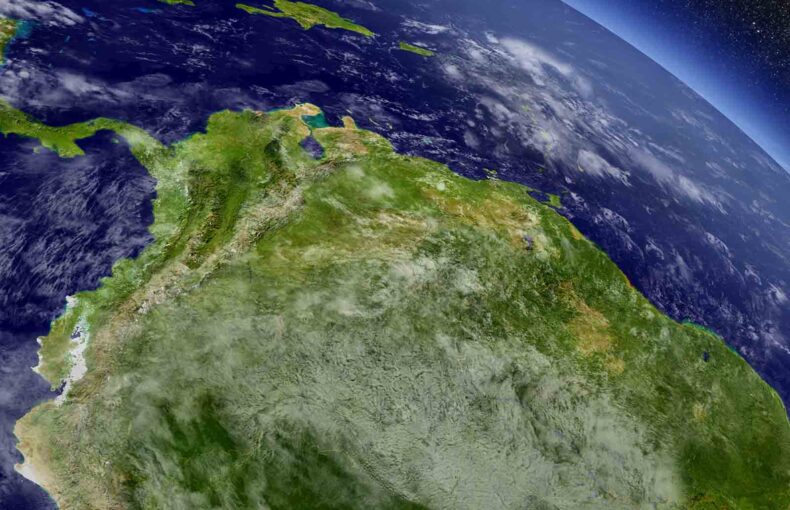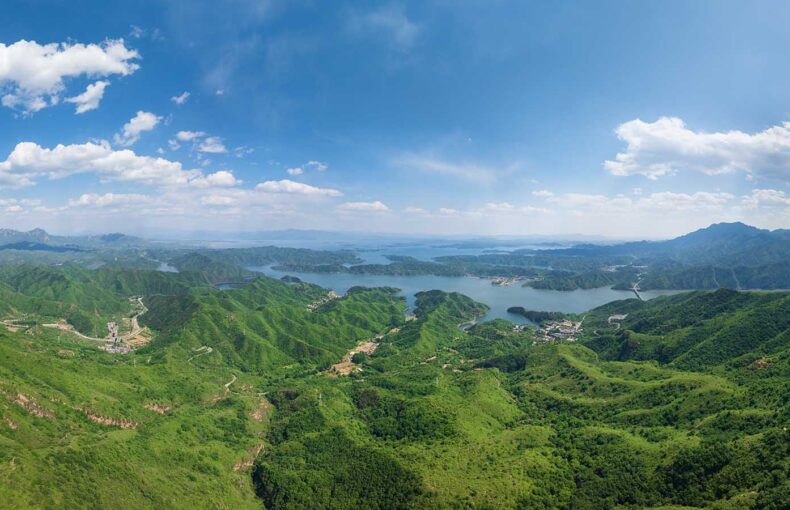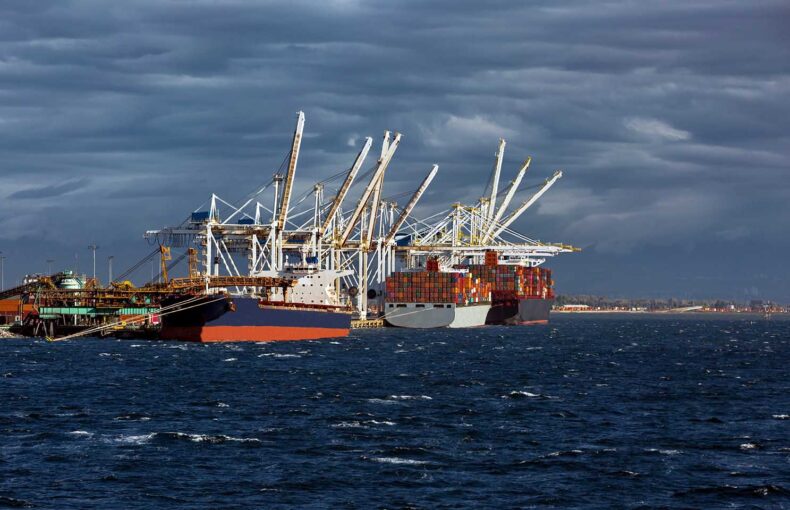How sustainable agriculture is tied to advances in weather forecasting
Weather prediction is an important factor in the success of sustainable agriculture. Equally essential is where we find ourselves in human history.
We are at a point in history where resource scarcity and climate change could threaten humanity’s ability to feed a growing population. The opportunity to achieve profound, fundamental improvements is now, and the solutions include weather forecasting.
10 billion reasons for sustainable agriculture
In the 1930s, a series of droughts and fierce winds ravaged the Great Plains of the United States. Land already overworked by destructive farming practices turned to dust. And the dust picked up into storms that darkened the skies. Crop production plummeted and farming families fled westward in mass migration.
As damaging as the Dust Bowl was to the U.S. economy and society in the 1930s, the fallout could be global if the U.S. suffered a similar multiyear decline in wheat production today, a recent study found. And the likelihood of catastrophe is growing.
Rising global temperature makes Dust Bowl-scale production losses more likely, according to the report published in Frontiers in Sustainable Food Systems. Moreover, the frequency of environmental shock events is increasing while crops, livestock, and fisheries all remain highly sensitive to weather conditions.
Under these pressures, the world still needs to find a way to feed nearly 10 billion people by 2050, while also decreasing agriculture’s impact on natural resources. The stakes couldn’t be higher. Some have suggested a food crisis tipping point could come in as little as seven years.
To forestall this crisis, we need agricultural practices that produce more food using less land and resources. Thankfully, advanced weather data and forecasting can help enhance sustainable, cost-saving agriculture solutions.
From food security to global safety
Current agricultural practices are a tremendous burden on our natural resources. Including timber, fiber, animal feed, the total agriculture industry accounts for about 70 percent of freshwater use and can cause severe soil erosion.
To feed our growing population up to 2050 using current farming methods, we will need to expand cropland and pasture by 600 million acres—about twice the size of France. And that’s without taking into consideration the added stress climate change puts on natural resources, the devastating impact of severe weather on crop yields, or the fact that current agricultural practices can actually exacerbate global warming.
Even global security hangs in the balance. Countries that struggle with food security have already experienced massive migrations. And, as we saw during 2011’s Arab Spring, food price increases can spark political upheaval. What’s worse, the world can’t always rely on international goodwill for assistance during lean times. After droughts decreased crop yields in 2007-2008 and 2010-2011, some governments chose to protect local stockpiles rather than trading supplies to mitigate international shortages.
Humanity’s ability to feed itself and global security are all contingent upon increasing food yields through sustainable agricultural practices.
“The demand for accessible and accurate weather, climate, hydrological, marine and related environmental services will continue to grow in the years ahead.”
Share on Facebook Share on Twitter Share on LinkedIn
The forecast calls for better yields
This is a good moment to draw the important distinction between weather, which relates to short-term events that happen each day, and climate, which describes patterns and averages over a longer period of time. Weather forecasts don’t predict long term trends. But weather information is critical in the pursuit of sustainable development, according to the World Meteorological Organization.
Weather data and forecasts help inform planting, irrigation, fertilizing, cultivation, harvest, and processing, the organization said. This can help agriculturists boost yields from existing cropland and resources, thereby reducing the need for land expansion.
Once crops are in the ground, farmers can use weather forecasts to mitigate the effect of severe weather and make important cost-saving decisions. Alerts about a precipitous drop in temperature, for example, can help farmers save their crops from frost damage. And, similarly, a farmer can postpone grain drying operations and prepare secure storage with an advanced warning of a storm.
Grain is one of the most important yet underrated commodities in the world.
This series takes a closer look at key grain ports around the world and the role that weather plays throughout the supply chain.
On a regional scale, weather forecasts can help predict and monitor three significant threats that can cause food insecurity and famine: flooding, droughts, and pests. Areas prone to excessive runoff can flood and weaken plant defenses and, after the waters recede, increase plant pathogens. Information about precipitation, temperature, and soil moisture can feed drought early-warning systems. And these same indicators, combined with pressure and wind data, are used to forecast locust plagues.
Countries have even used weather data to help protect their national agricultural sector. After storms devastated Peru’s fishing and agricultural industry in the early 1980s, the country moved quickly to publicize a forecast for the approaching rainy season each November, according to a report from the University Corporation for Atmospheric Research. Farmers use this data, which incorporates winds and water temperatures in the Pacific, to choose which crops to plant to maximize yields. The forecasts can also help gauge whether a fishing season will be bountiful or lean.
Weather forecasting can support sustainable agriculture from crop to country. As the World Meteorological Organization said, the need for accessible and accurate weather services will continue to grow.
Since locust eggs are laid in the soil and require sufficient moisture to survive, ground-penetrating radar and weather prediction data are essential to detecting breeding areas and eventually culling locust populations.
Spire puts the spotlight on the stories our data tells.
Sustainable agriculture grows with weather tech
Weather solutions have never been in a better position to support sustainable agriculture. Recent technological developments are ushering in new weather capabilities that were not possible a few years ago. The combination of high-performance small satellites and forecast models are particularly helpful for the AgTech industry.
One of Spire Global’s primary goals is to help solve sustainability challenges. In fact, Spire Weather has an agriculture bundle, packed with data tailored to the industry. This is just the beginning. Powerful solutions will continue to emerge as technology evolves. We are confident that humanity will rise to this global challenge and discover new ways to feed the world while protecting our planet.
You can experience our weather forecasts and apply them to your unique use-cases in a number of different ways. Determining which weather insights you need depends on your desired business outcomes and what information you want to prioritize.
You can experience our RF-based Earth Information data in a number of different ways, either accessing it directly from a Spire API, or through an existing funding vehicle. Find out how you can start working with Earth Information today.
 Written by
Written by



